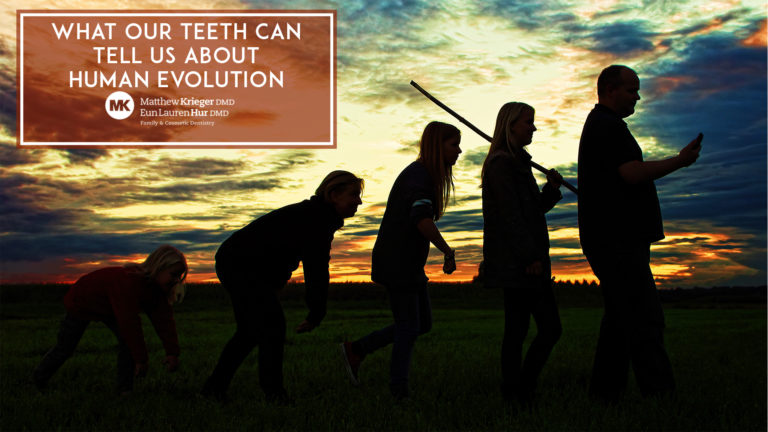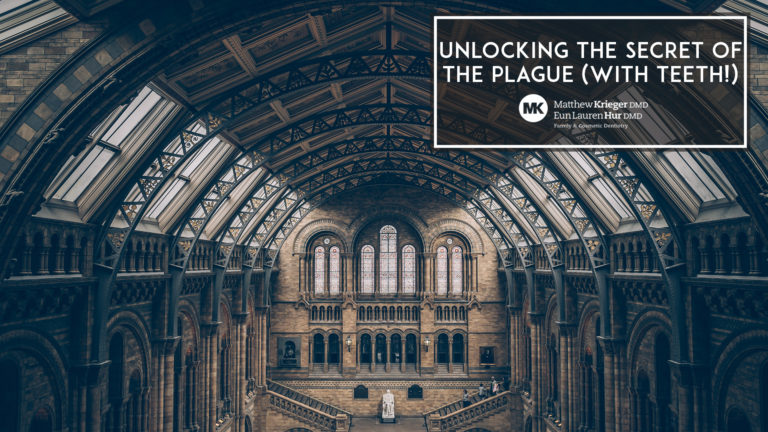The animal kingdom is full of delightful smiles that put any movie star’s grin to shame. Some animals definitely smile to express emotion — primates like apes, monkeys and chimpanzees come to mind — but the jury is still out on the grins of other animals and whether they’re deliberately intended to convey happiness like ours. Still, these stunning smiles are some of the best in the animal kingdom.
Quokkas are herbivores, meaning they keep their pearly whites shining by chowing down on vegetation and roughage — a trick that works to keep human teeth cleaner and looking better, too. And like some of us, they have a stomach for junk food — leading officials to caution visitors to their home on Rottnest Island to avoid feeding the quokkas bits of sandwiches. Bread gets stuck between their teeth and, because quokkas can’t floss, sticks around to feed bacteria that can lead to a painful or even deadly infection.
For one, chimps (and other apes) are more apt to smile when they’re threatening someone or expressing danger. This may be due to the fact that their canines are much larger than ours. But there are more similarities than differences, especially when it comes to the care of these critters’ endearing smiles.
Chimpanzees take care of their pearly whites by using tools to keep them healthy and clean. Chimps have been observed using modified sticks to brush their teeth and pick food from between them, while social interactions among groups reveal that they go so far as to clean and even extract each other’s teeth if there’s a problem.
One of our most common companion animals needs as much or more dental care as we do, though, and veterinarians are happy to oblige. Adult dogs have 42 permanent teeth, and over 80% of pups show the early signs of periodontal disease by age three. This may be in part due to their diet of kibble, which gives far less meat and far fewer rough things to chew on as a part of their diet — supplying the dog in your life with copious chew toys to help clean their teeth and keeping regularly scheduled dental cleanings with a veterinary professional can keep your pup’s smile happy and healthy for many years to come.
1. Quokkas
The quokka, a pint-sized marsupial native to the islands off the coast of Australia and distantly related to kangaroos and wallabies, is nearly always smiling. Just browse through the fun photos captured in the viral hashtag “#quokkaselfie” to see these adorable critters in action. But why do they smile? Researchers at Arizona State University posit that the cheerful-seeming nature of the quokka is a quirk of evolution — sort of the opposite of “resting brat face.”Quokkas are herbivores, meaning they keep their pearly whites shining by chowing down on vegetation and roughage — a trick that works to keep human teeth cleaner and looking better, too. And like some of us, they have a stomach for junk food — leading officials to caution visitors to their home on Rottnest Island to avoid feeding the quokkas bits of sandwiches. Bread gets stuck between their teeth and, because quokkas can’t floss, sticks around to feed bacteria that can lead to a painful or even deadly infection.
2. Chimpanzees
Chimps have a similar dentition to humans — they have the same number of teeth, the same positioning and type of teeth and the same pattern of having baby teeth that fall out for permanent adult teeth. And just like us, chimpanzees smile to show a range of emotions from fear to amusement. There are some differences between a chimp’s smile and a human’s, of course.For one, chimps (and other apes) are more apt to smile when they’re threatening someone or expressing danger. This may be due to the fact that their canines are much larger than ours. But there are more similarities than differences, especially when it comes to the care of these critters’ endearing smiles.
Chimpanzees take care of their pearly whites by using tools to keep them healthy and clean. Chimps have been observed using modified sticks to brush their teeth and pick food from between them, while social interactions among groups reveal that they go so far as to clean and even extract each other’s teeth if there’s a problem.
3. Dogs
Dogs aren’t known to smile on their own — they do it because they pick up on your happiness. Humankind’s best friend has, over the centuries, developed the ability to pick up on cues given by your body language and respond in kind — including flashing you a happy, tooth-baring grin. In the wild, canines bare their teeth to signal aggression or fear. But when they think you’re going to throw a ball or hand over a treat, they’ll happily grin to show their pleasure and anticipation.One of our most common companion animals needs as much or more dental care as we do, though, and veterinarians are happy to oblige. Adult dogs have 42 permanent teeth, and over 80% of pups show the early signs of periodontal disease by age three. This may be in part due to their diet of kibble, which gives far less meat and far fewer rough things to chew on as a part of their diet — supplying the dog in your life with copious chew toys to help clean their teeth and keeping regularly scheduled dental cleanings with a veterinary professional can keep your pup’s smile happy and healthy for many years to come.


